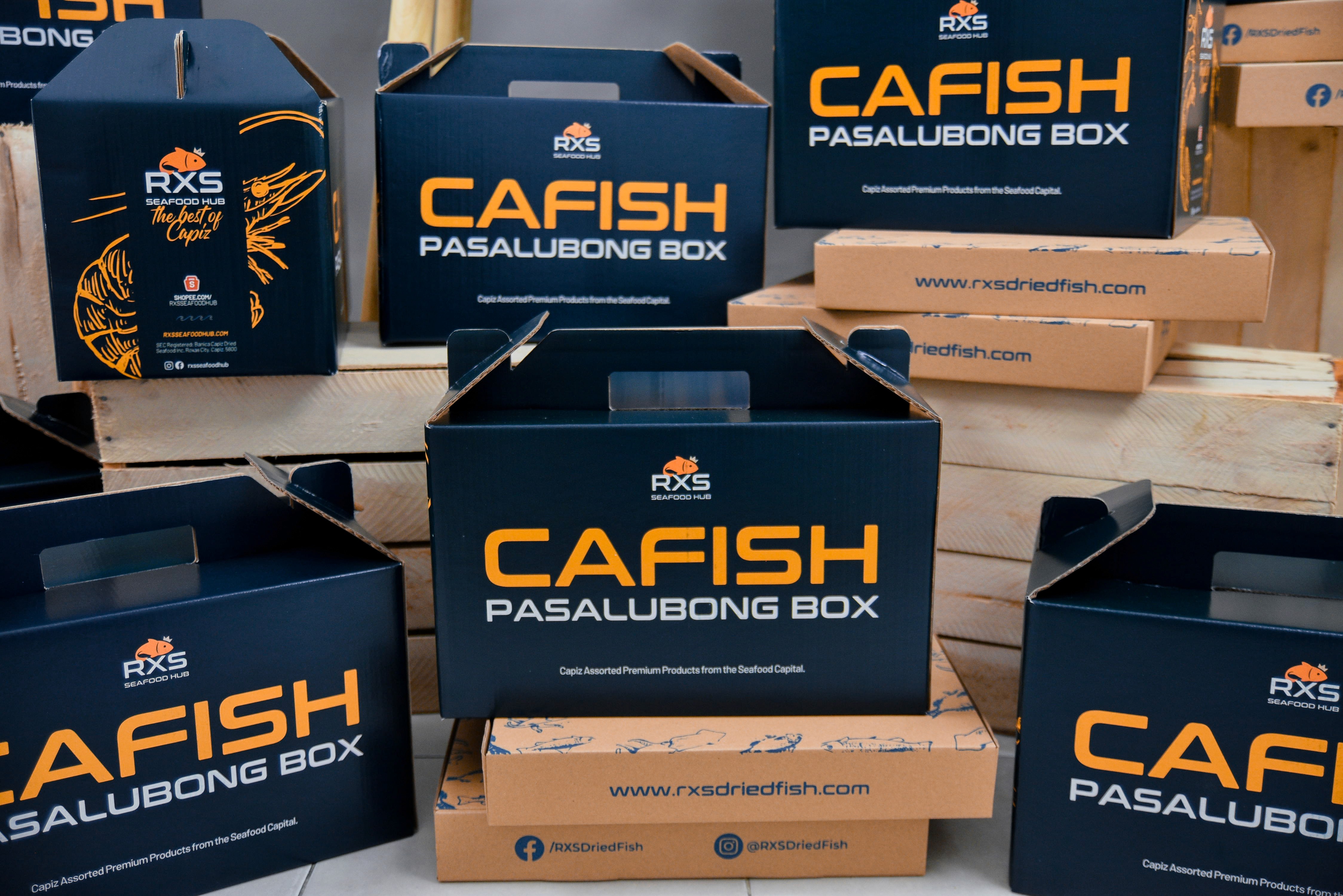Blogs & Articles
Written By:
Miko Miguel H. Ramos
Aug 9, 2025
Ask any Filipino foodie about seafood, and one province always comes up: Capiz. For decades, it has carried the proud title Seafood Capital of the Philippines. But where did this reputation come from, and why does it still matter today? The answer is a mix of geography, culture, and an enduring passion for the sea.
Where the Sea Feeds the Shore
Capiz is blessed with geography that many coastal provinces envy: an 80-kilometer shoreline, sprawling swamplands, and rivers that meet the Panay Sea. “The ocean here is like a pantry that never runs empty,” one local fisherman once told me. From its waters come prawns, crabs, oysters, mussels, squid, milkfish, and the famed diwal (angel wing clam).
It’s this abundance that gives Capiz its reputation — seafood isn’t a luxury here, it’s a way of life. A visit to Roxas City’s markets shows the truth: rows of fresh catch laid out each morning, feeding families and restaurants alike.
A Title That’s More Than Just Branding
Roxas City didn’t call itself the Seafood Capital for marketing flair. The title is backed by what’s on people’s plates. Locals will tell you, “We don’t measure seafood by scarcity, we measure it by variety.” Whether it’s fried bangus for breakfast or oysters grilled by the shore, seafood is woven into the rhythm of daily life.
Tourists who dine at Baybay Beach often leave with the same impression: seafood here isn’t just fresh — it’s plentiful, affordable, and central to the community’s identity.
Aquaculture: The Quiet Giant Behind the Reputation
Capiz’s reputation also rests on numbers. While wild catch fishing has its ups and downs, aquaculture has become a backbone of the local economy. The province consistently ranks among the country’s top producers of:
Milkfish (Bangus) — a staple in Filipino households
Mud crabs — a prized export for both local and international markets
Oysters and mussels — grown in brackish waters across coastal towns
These industries employ thousands of Capiznons, many of whom grew up by the shore. Aquaculture doesn’t just sustain the nickname; it sustains livelihoods.
More Than Food: A Culture Anchored in the Sea
Seafood in Capiz isn’t just an economic driver — it’s a cultural touchstone. Festivals like the Diwal Festival celebrate the return of the prized shellfish after years of conservation efforts. Family gatherings often center on long tables filled with crabs, prawns, and bangus, with vinegar dips and cold drinks on the side.
As one visitor wrote after a trip: “In Capiz, seafood doesn’t come with a side dish. It comes with a story.”
Conclusion: A Legacy Worth Preserving
Capiz earned its reputation because of its geography, its hardworking people, and its culture of sharing the sea’s bounty. While times change and industries evolve, the spirit behind the title Seafood Capital of the Philippines remains unshakable.
For anyone lucky enough to taste Capiz seafood — whether fresh from Baybay Beach or packed for pasalubong — it’s clear: this is more than food. It’s heritage on a plate.
Reference Links:










